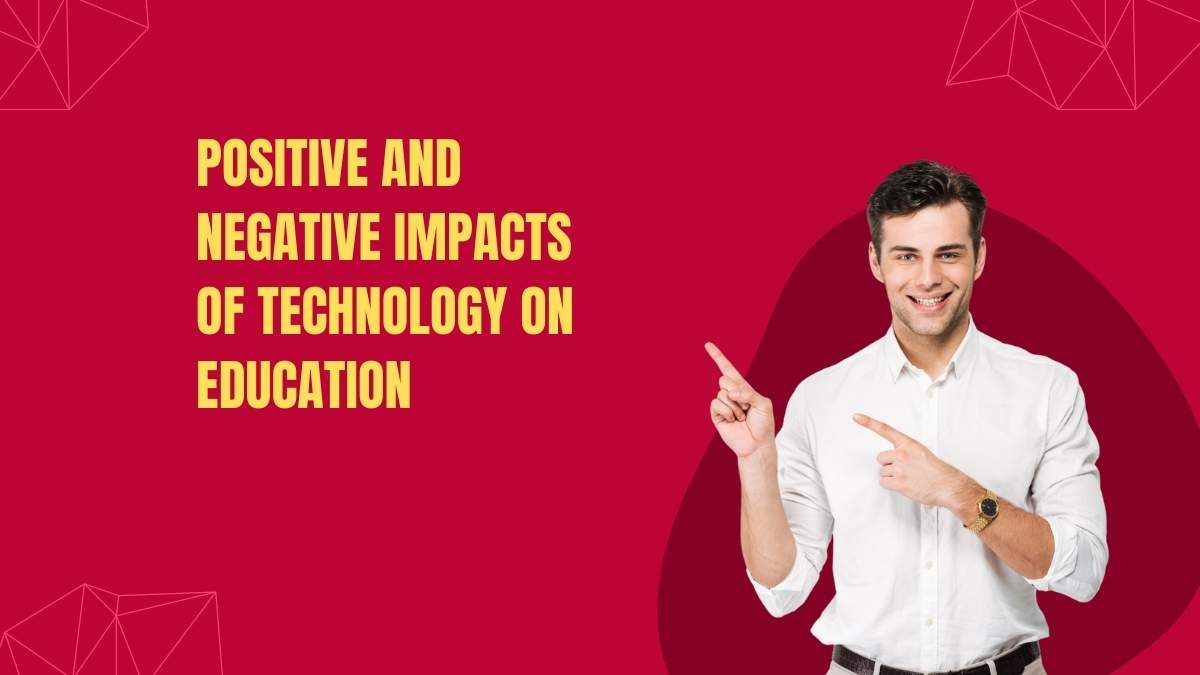There is no doubt that modern technologies have profoundly impacted the education system. Educators can engage students in new and innovative learning methods with laptops, smartphones, and tablets in every student’s hands. This article will explore modern technologies’ positive and negative impacts on education.
Let us first discuss the negative impacts before the positive ones.
Negative impacts of technology on students
1. It can be a significant distraction to students. For example, suppose students can use laptops in class.
In that case, they may be tempted to surf the internet or check their favorite social media instead of paying attention to the lesson and teacher’s instructions. This can lead to lower grades and a lack of understanding of the material.
2. Another negative impact is that technology can make cheating easier for students. With so much information available at their fingertips, it is easy for young people to find answers to questions and copy them. This can lead to academic dishonesty and a lack of knowledge.
3. It might diminish the social skills of students. When students constantly look at screens, they are not interacting with people face-to-face. This can lead to problems with social skills when they enter the workforce.
Also Read: 10 Best Online Coding Games For Kids
Positive impacts of technology on students
1. Technology helps students with difficulty in a traditional classroom setting. For example, students with ADHD can benefit from using a laptop in class because they can simultaneously type their thoughts instead of paying attention to the teacher and writing.
2. Some students are visual learners and struggle to understand the material when presented verbally. Technology can help these students by providing visuals or videos that explain the concepts.
3. Educators can use technology to create a more engaging and interactive classroom. For example, teachers can use polling apps to get instant student feedback or have students work on projects collaboratively using Google Docs.
4. Another benefit of technology is that it gives students a voice. In a traditional classroom, the teacher speaks only, and the students are passive listeners. However, students can share their ideas and thoughts in a technology-rich classroom through blogs, discussion boards, or presentations.
Also Read: 20 Best Online Coding Camps For Kids [2022]
The role of modern technology
The role of modern technology in education is evident. Teachers can use it to engage students in new and innovative ways of learning. It is crucial to find a balance between technology and traditional teaching methods.
Let us dive into how technology is useful nowadays. Thirty years ago, students needed to carry many books with them.
Now, they can use their gadgets and search for them online. They can also listen to their music while studying or watch a movie related to their lesson. Laptops, smartphones, and tablets make learning much more fun.
The internet has improved immensely over the past years and has become more accessible. It provides a lot of information that can be helpful for students. They can find online resources, articles, videos, etc., to help them with their studies.
The use of professional speech writing services
Technology has also significantly impacted the field of professional speechwriting services. With the advent of online professional speech-writing services, more people can get help to write impactful and memorable speeches.
These services can provide a wide range of speechwriting tips, tricks, and resources to help anyone write a great lesson.
Moreover, professional speech writers can now use technology to their advantage. They can use online professional speechwriting services to connect with more clients and get more work done.
Technology and education system
Technology has both positive and negative impacts on the education system. Finding the right balance between technology and traditional teaching methods is essential.
With the right approach, respective persons can use technology to engage students in new and innovative ways.
Many universities have to integrate software used to improve their system. For example, some institutions have started using online professional speechwriting services to help their students write better speeches.
This has helped many universities improve their communication and public speaking skills.
Wrapping up
Technology has revolutionized the education system. It has made it more accessible and interactive. Students can now find online resources, articles, videos, etc., to help them with their studies.
Indeed, technology has had a positive impact on the education system. It has outweighed the negative impact it has had.
In conclusion, technology is here to stay and will continue revolutionizing the education system.
Finding the right balance between technology and traditional teaching methods is crucial. Educators can use technology to engage students in new and innovative ways with the right approach.

